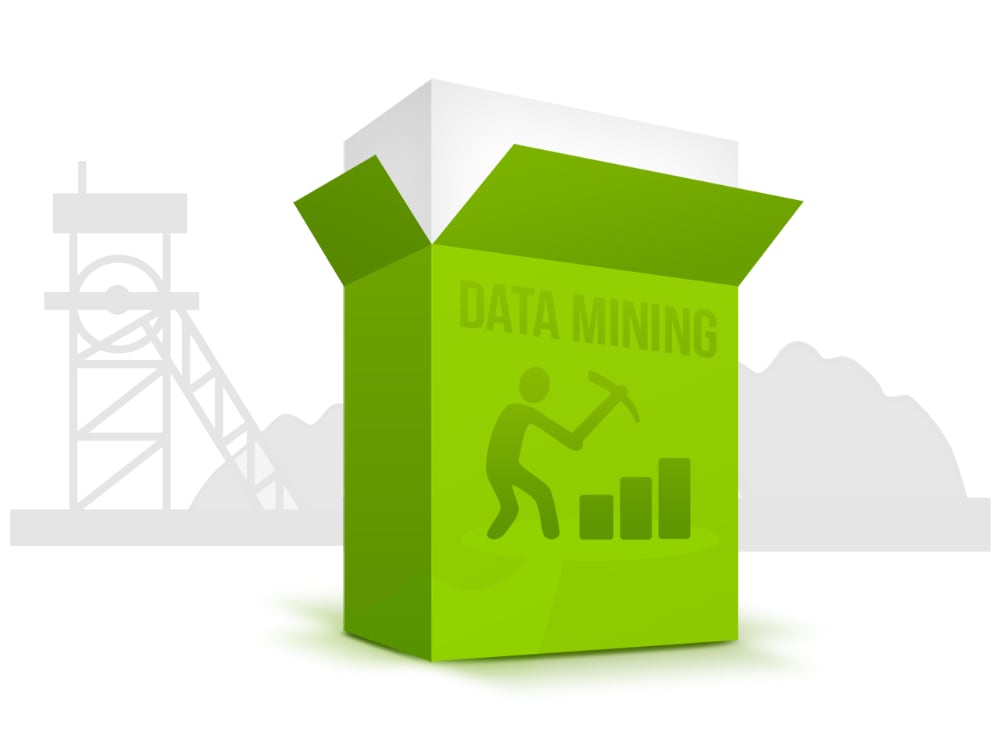What is Data Mining
Data mining is the process by which companies learn more about their customers through actionable patterns from their analyzing their data. Most data science fields deal with understanding historical data; data mining deals with more predictive analytics that tries to predict future ones.
Data Mining Uses
While data mining might seem intimidating to a lot of users, it’s present in a lot of features that we already interact with and are necessary to run our business systems today.
Companies use data mining in their marketing efforts; banks use it for their credit scoring and fraud detection. Many medical professionals and scientists use it for health predictions. Customers experience it through e-commerce recommendations, email spam detection, and search engine rankings.
When used ethically, data mining is a tool that can make sure that businesses stay relevant now and in the future.
Data Mining Benefits

Customers will also get a better experience with being served content that is relevant to them and their intended activity. Customers need to feel that their customer experience is tailor-fit to their needs, whether it’s through personalized ads, useful recommendations, and products that solve real problems.
From companies to customers, data mining is integral to improving experiences for everyone.
Issues with Data Mining
Data mining is a gold mine, but only when you know where to look. Unfortunately, not all data are useful data; bad data, in the form of incorrect, incomplete, or fraudulent data, is more common than most people think.
Companies need to integrate data management systems that make sure that the information supplied is up-to-date, accurate, and complete. It’s also possible to over-fit, wherein the prediction may be correct for the sample that the model derived from but not the actual population. Variables are tricky because having too little or too much can skew the levels of accuracy.
Having a lot of data can also unlock a variety of issues like data privacy and theft concerns. Companies need to be careful with the protection and storage of their customer data from attackers with malicious intent such as spam, phishing, and identity theft.
Maximizing Data Mining
For data mining to work, it should be part of a holistic strategy that knows how to use it well. After enriching artificial intelligence techniques and complement machine learning models, companies should use the predictions to improve their processes, products, and services.
Data mining is a powerful tool that should be in every company’s arsenal. Customers are increasingly demanding more from brands, and companies need to respond accordingly to stay viable. While it may seem costly and overwhelming at first, investing in it can mean the difference between your company still being profitable a few years down the line.



